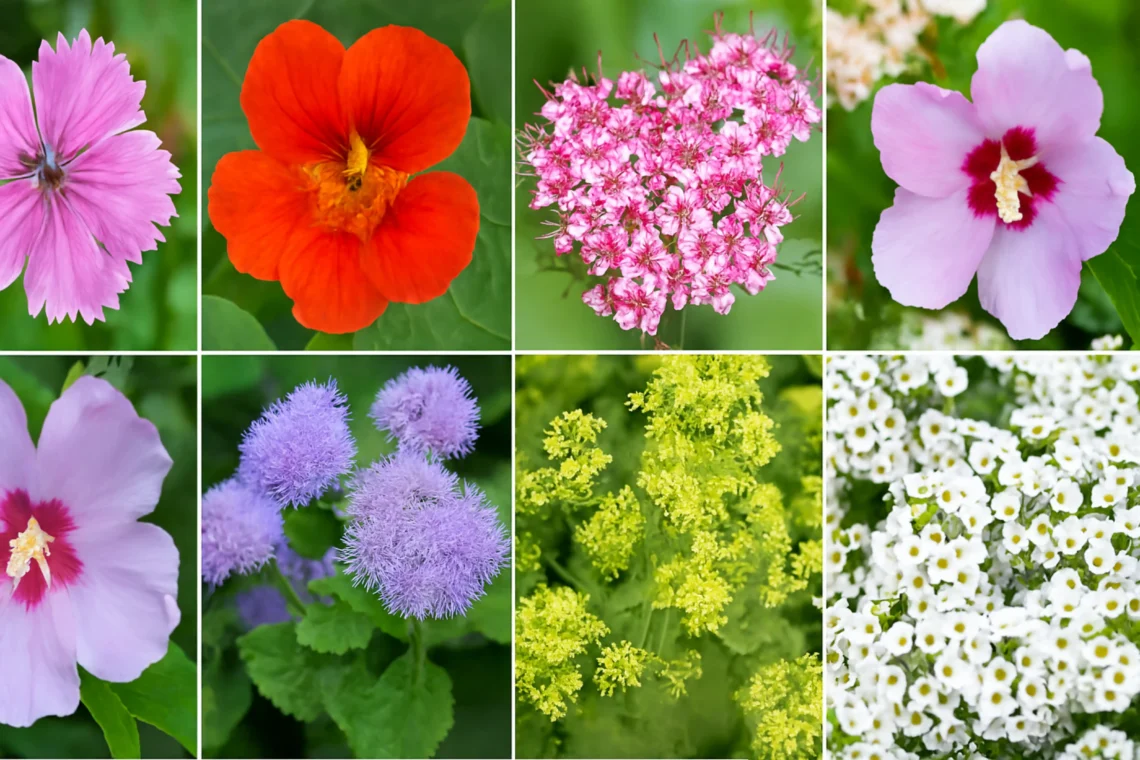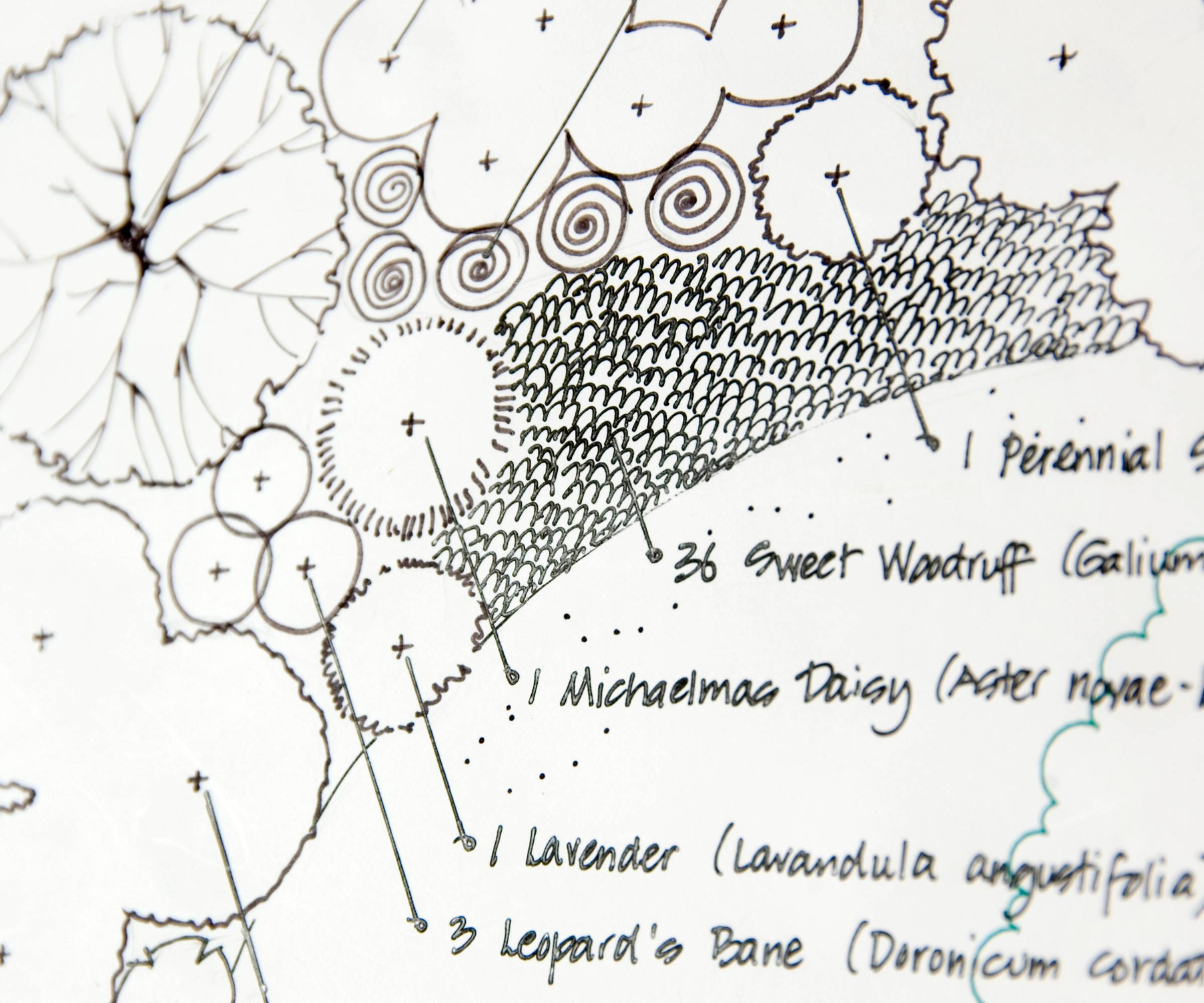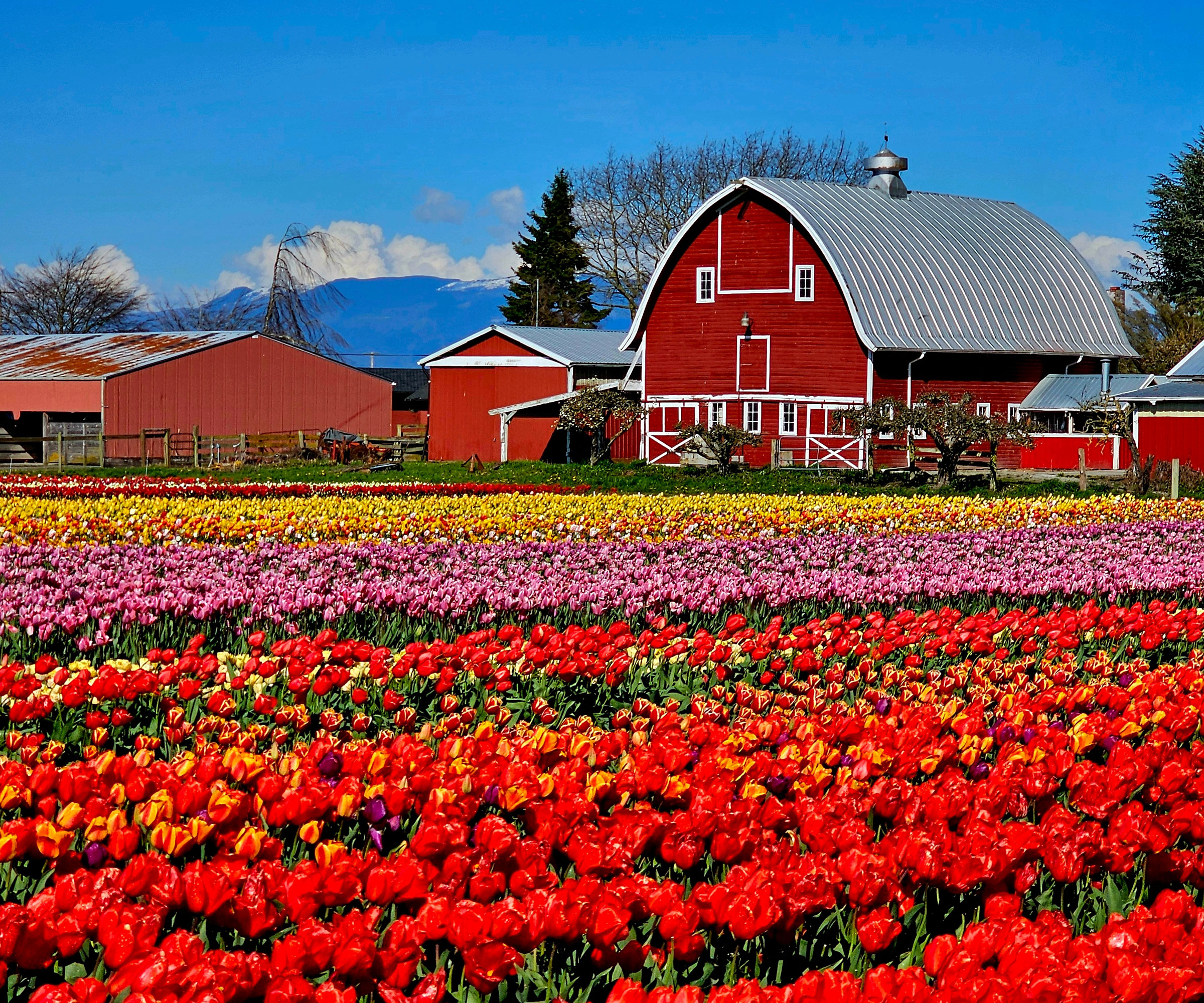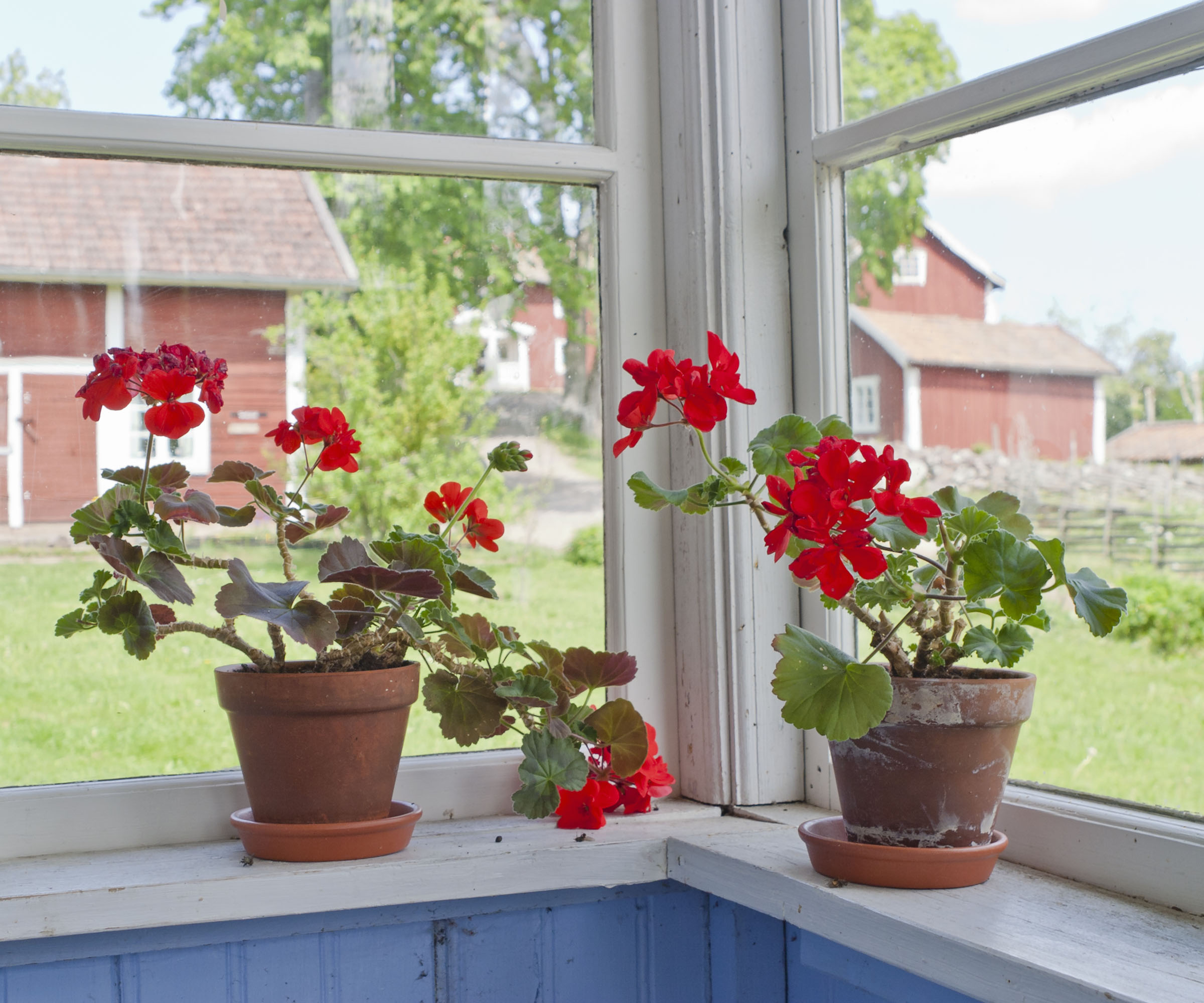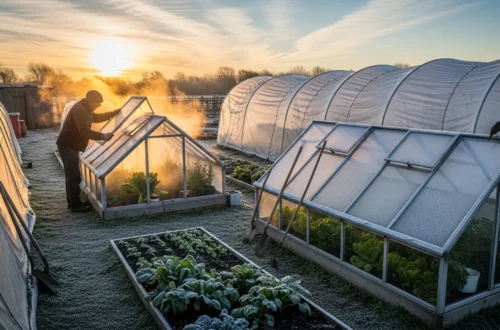Old-fashioned perennial plants are getting new life with exciting cultivars. Old-fashioned plants grown as annuals are also seeing new and interesting developments with their modern varieties.
These old-fashioned flowers have been used in gardens for years for good reasons. They are reliable, attractive, and popular. These new cultivars are not your grandmother’s plants. They’re even better!
These improved cultivars bring stronger colors, longer bloom times, and better resistance to pests and diseases. They allow gardeners to enjoy the charm of traditional flowers while benefiting from modern breeding advancements.
👉 For more inspiration, check out our guide on Meadow Flowers & Grasses.
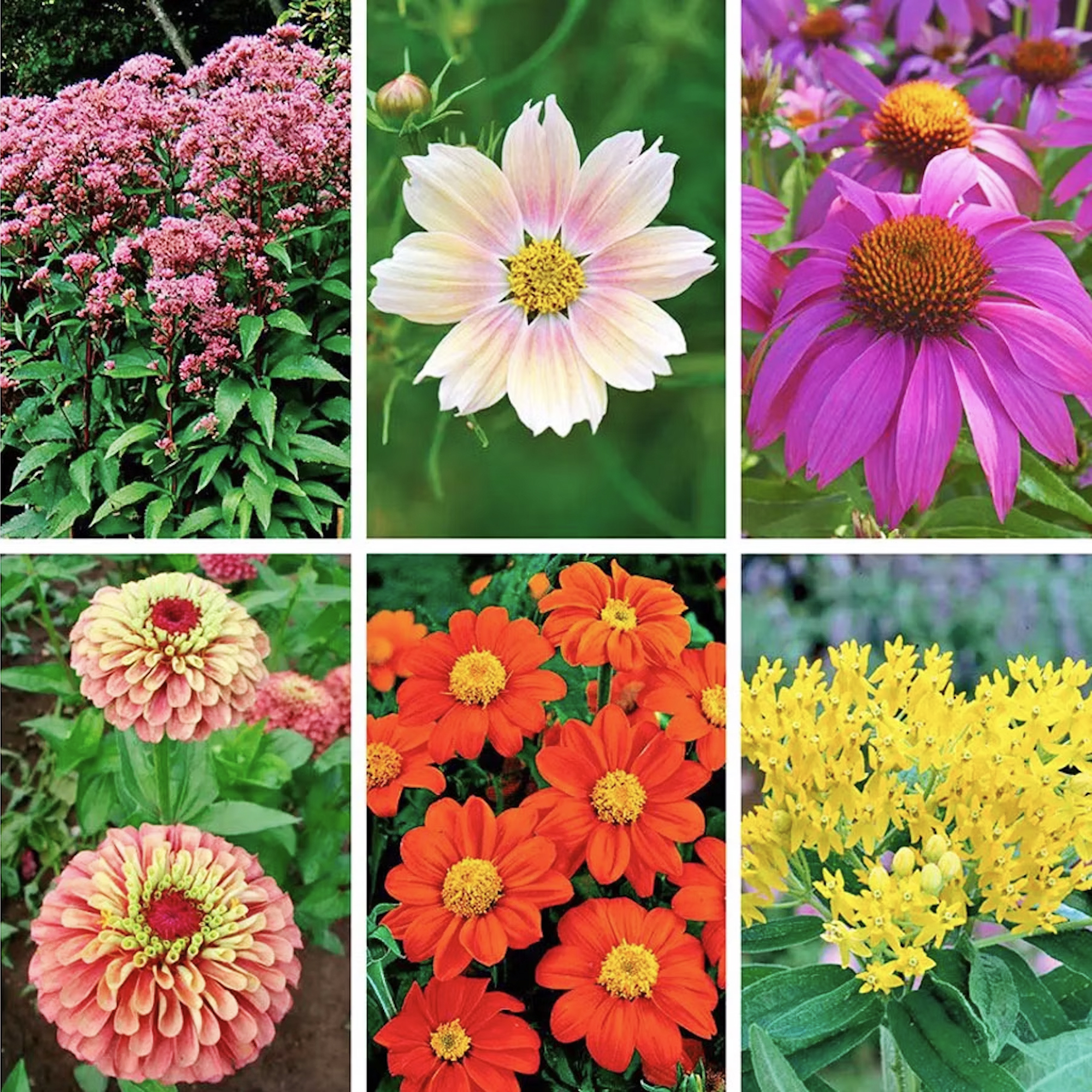
Classic Flowers For Pollinators
1. Pinks
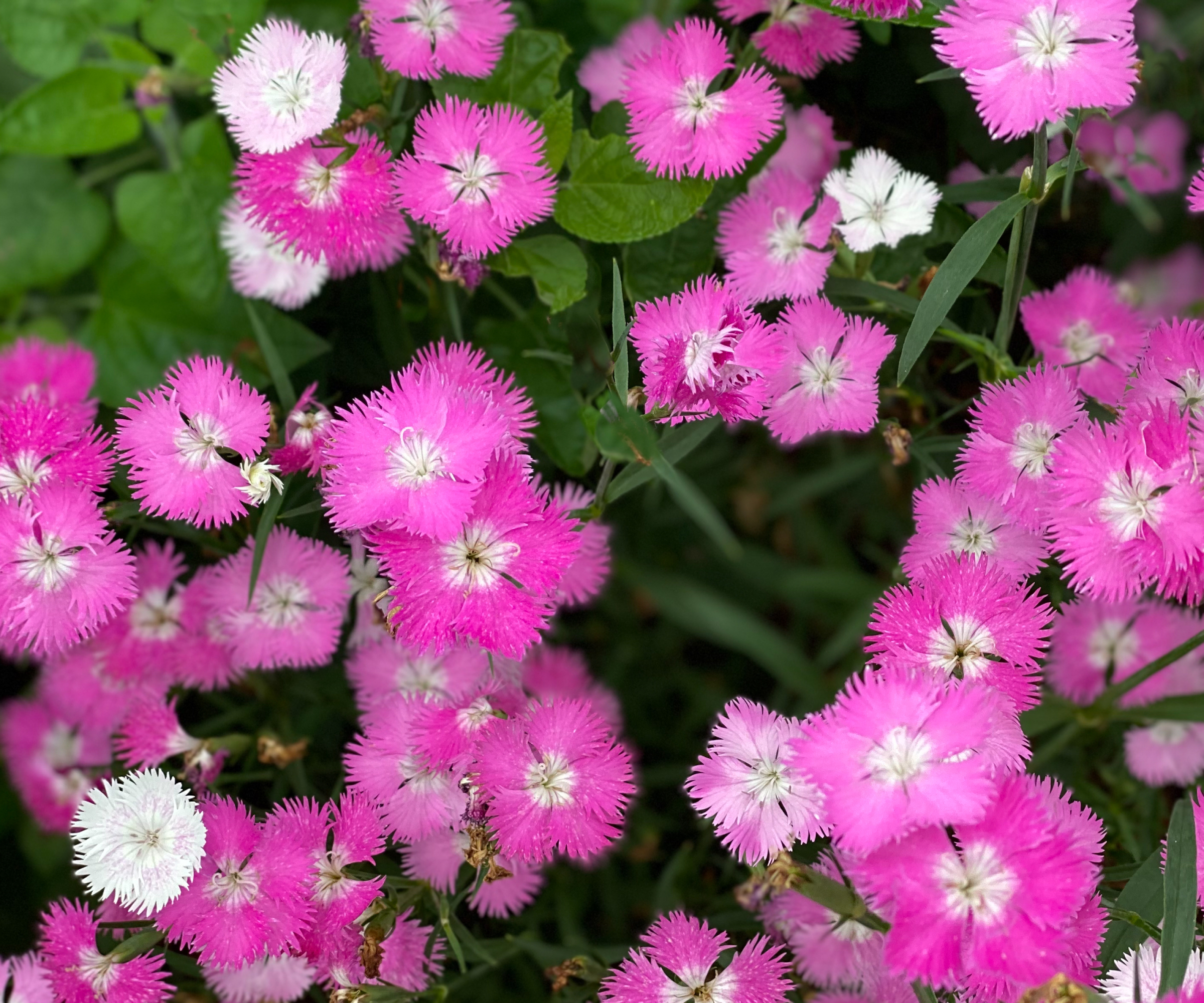
(Image credit: Catherine McQueen / Getty Images)
Commonly known as pinks, species of Dianthus plants are short-lived perennials that include sweet William and carnations. Pinks produce pretty, frilly flowers in shades of pink, red, lavender, and white and grow in full sun or partial shade.
Pinks can certainly be considered old-fashioned perennials, but there are some new varieties. ‘Testar’ is a lower growing variety that you can use around edges or like a groundcover. ‘First Love’ has flowers with unique coloring. They start white and transition to pink and then lavender. This new variety is also highly fragrant and resists fungal infections that affect many other types of pinks.
2. Nasturtium
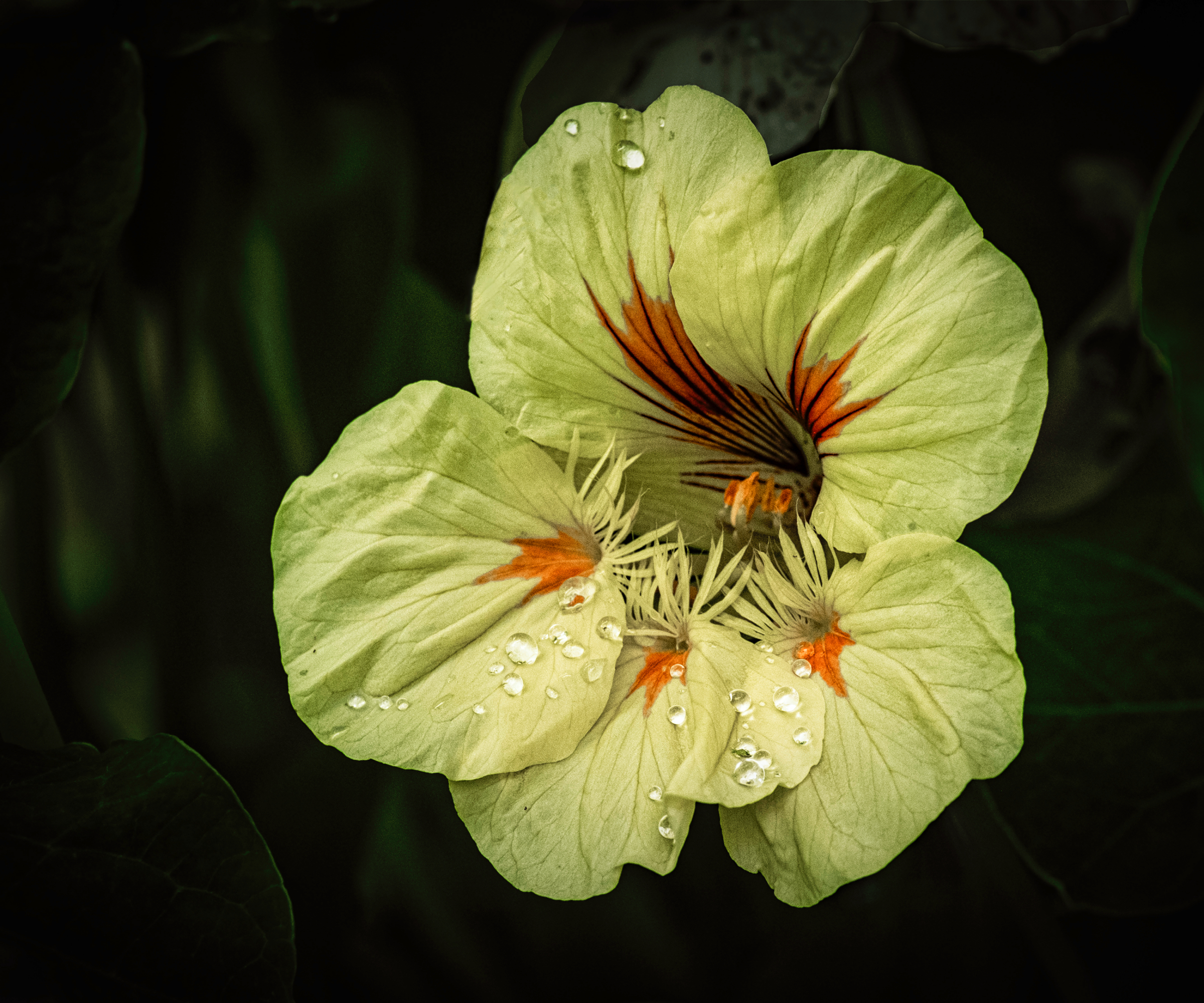
(Image credit: sjaragona / 500px / Getty Images)
Growing nasturtium flowers has long been popular because the annual is so easy to start from seed. This pretty edible trailing flower is native to South and Central America and can be grown as a perennial in zones 9 through 11.
You can find many varieties of nasturtium to grow, including heirlooms and new cultivars. ‘Jewel’ is unique for its double flowers. ‘Moonlight’ has pale yellow flowers and can trail as long as 16 feet (4.8 m), so you can use it to cover at trellis or in hanging baskets. ‘Troika’ varieties are award-winning and come in several different flower colors with unique variegated foliage.
👉 Nasturtium also works well in raised beds — see our article on Companion Planting for Raised Beds.
3. Spirea
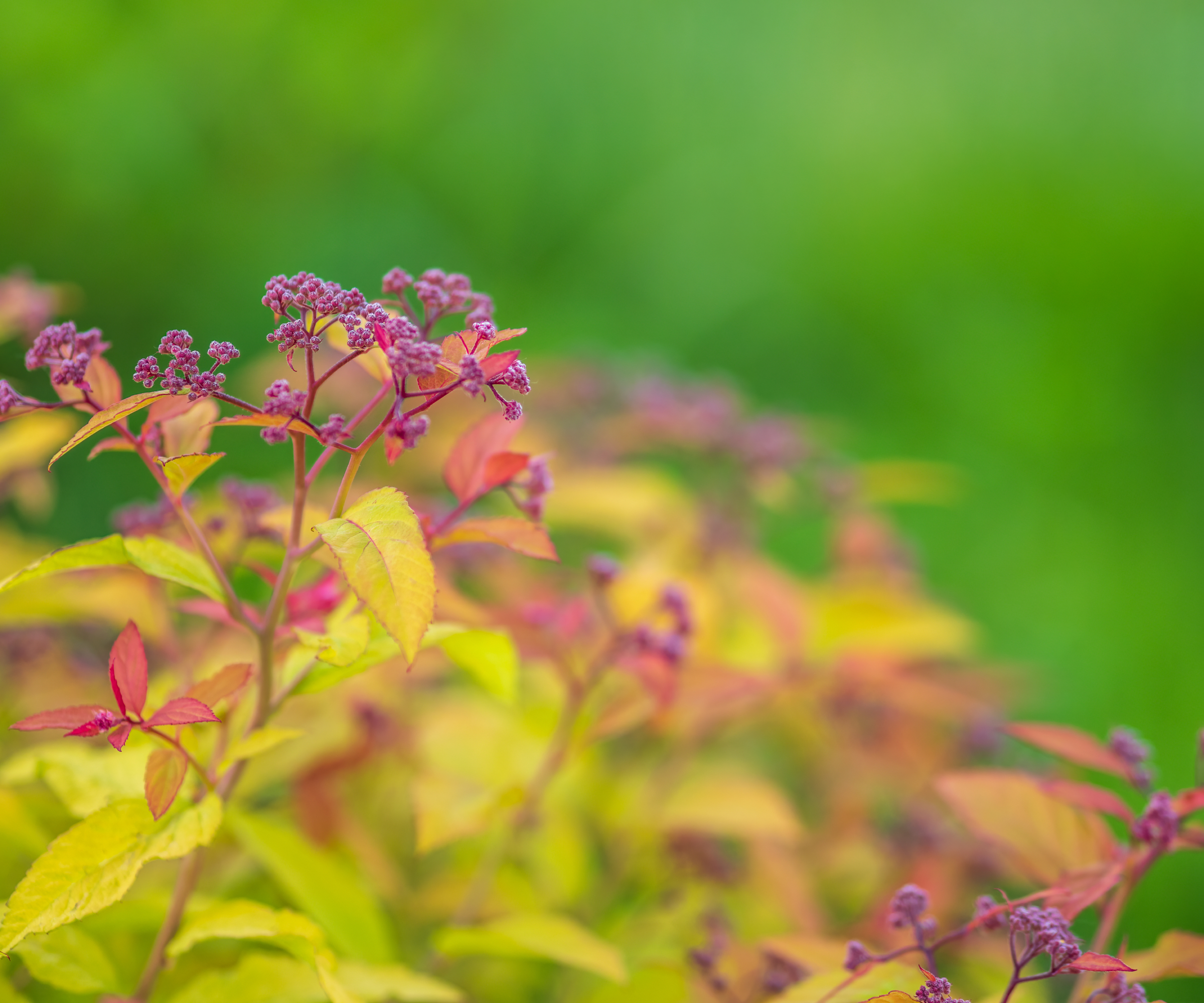
(Image credit: Dmitry Potashkin / Getty Images)
Spirea shrubs are an old favorite and a popular choice of flowering shrub. One reason they’ve been so popular over the years is that spireas are easy to grow and forgiving of many conditions. While often considered old-fashioned garden plants, it’s worth checking out new cultivars of this old favorite.
‘Double Play’ is a series of cultivars with continuous blooms and outstanding flower and fall leaf color. ‘Pink Sparkler’ belongs to the Birchleaf series with leaves shaped like those of a birch tree. This one has pink flowers that bloom in early summer and again in fall. ‘Little Spark’ is a smaller variety with orange new growth that matures into yellow leaves set against deep pink flowers.
👉 If you want more design ideas, read 5 Simple Steps to Transform a Less Than Perfect Landscape.
4. Rose of Sharon
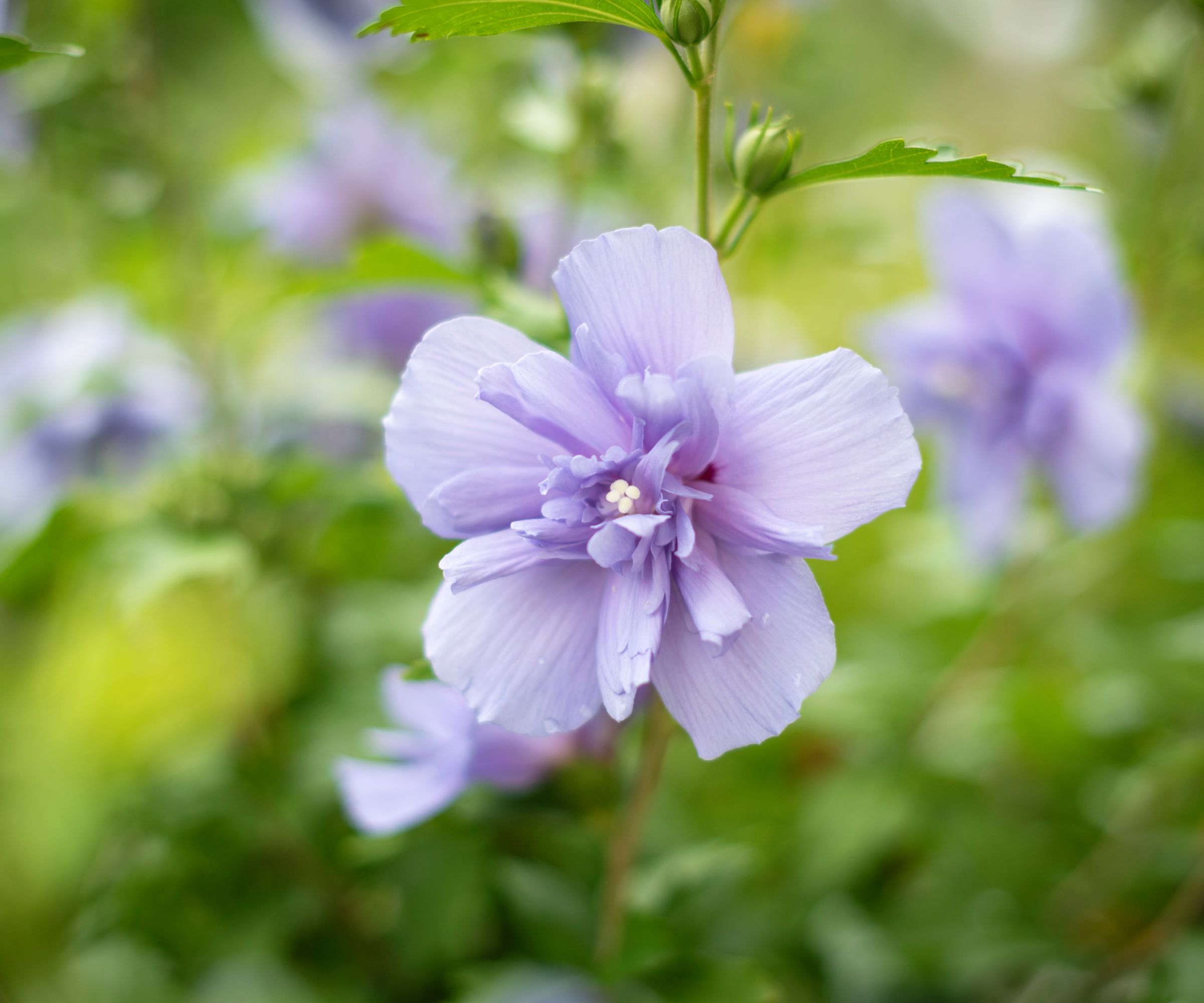
(Image credit: Westend61 / Getty Images)
Rose of Sharon is another example of a classic shrub that is often dismissed as old-fashioned. Related to hibiscus, these large flowering shrubs are easy to grow and produce abundant flowers.
Look for an exciting new variety called ‘Purple Pillar.’ It grows about 16 feet (4.8 m) tall and only 3 feet (0.9 m) wide, so it has a graceful, pillar-like growth habit that is ideal for smaller spaces. The flowers are bright purple and may be single or semi-double.
5. Ageratum
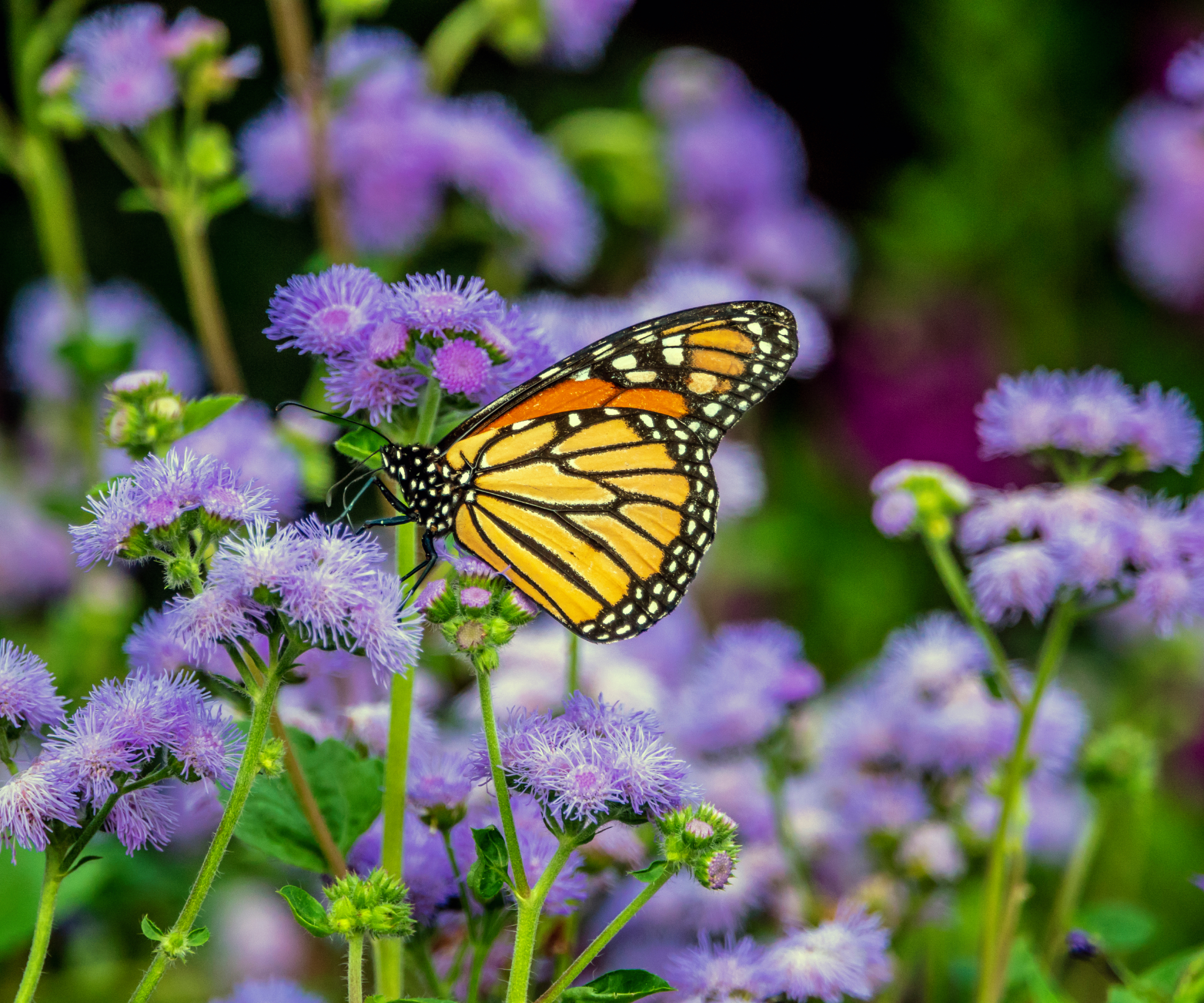
(Image credit: johnandersonphoto / Getty Images)
Ageratum flowers, or floss flowers, are known for their fluffy blooms. Grown as an annual in most locations, floss flowers bloom all summer long in a variety of colors, depending on the species and cultivar. One reason ageratum has long been popular is that it is one of the few plants with truly blue flowers.
‘Monarch Magic’ is a newer cultivar with a low, spreading growth habit. It has lavender flowers and attracts monarch butterflies. The ‘Hawaii’ series includes several flower colors, like white and bright blue, and bloom earlier and even longer than other types. ‘Blue Horizon’ is a new variety with long stems that make good cut flowers.
👉 Ageratum works well in pollinator mixes or meadows — see our Meadow Flowers & Grasses article.
6. Lady’s Mantle
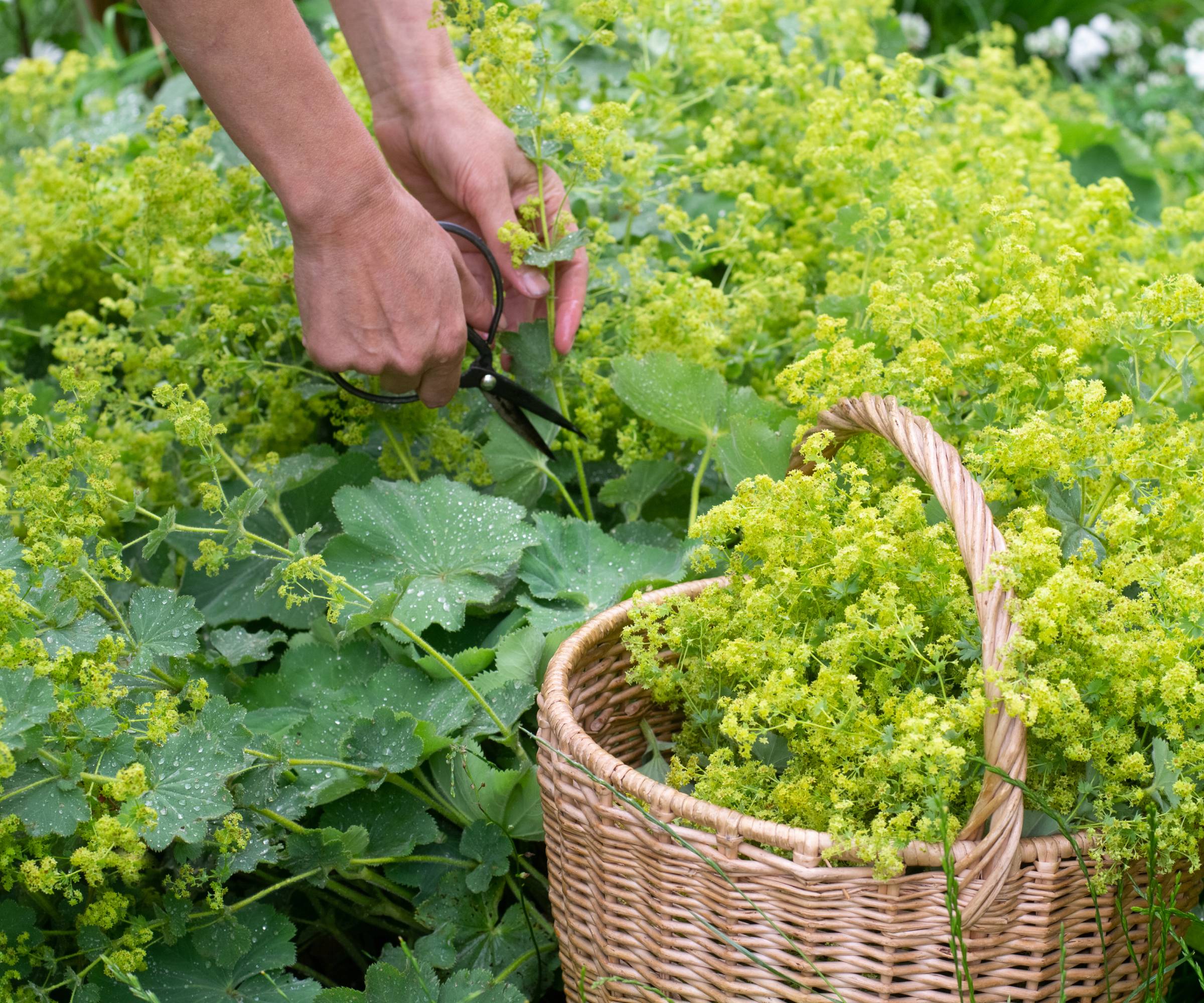
(Image credit: Albina Yalunina / Getty Images)
Growing lady’s mantle may be considered old-fashioned and just for cottage gardens, but these tough perennials are always popular for a reason. They’re dependable, easy to grow and have unique foliage with airy clusters of small flowers.
Look for the cultivar called ‘Thriller’ for a more compact variety with yellow-green flowers. ‘Gold Strike’ is a newer variety that can be grown as a groundcover. ‘Robusta’ is a taller variety with sturdy, tall stems and large leaves.
👉 This plant also fits into a slower, mindful garden style — see our guide on Slow Gardening.
7. Sweet Alyssum
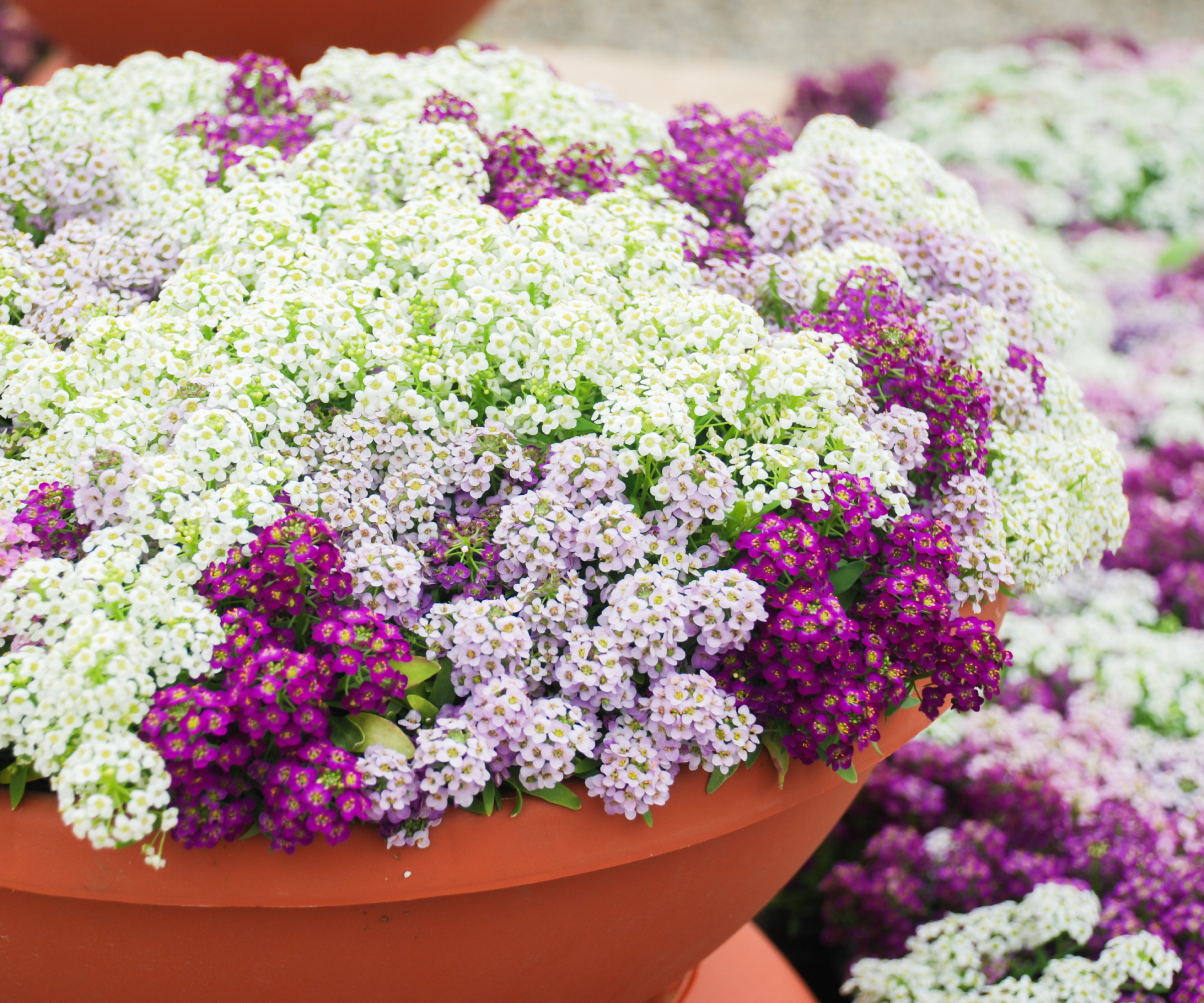
(Image credit: Pinrath Phanpradith / Getty Images)
This pretty perennial is often grown as an annual. It is popular for its mounding and spilling growth habit, which makes growing sweet alyssum for containers, edges, and borders an ideal choice. The abundant, small flowers have a very sweet smell.
Although sweet alyssum has been popular for years, new cultivars are being developed all the time. ‘Clear Crystals’ amplifies the classic type with larger flowers and a stronger fragrance. ‘Snow Crystals’ sweet alyssum is an award-winning cultivar that is extra robust and can be found in the Gardening Know How Shop. ‘Snow Princess’ was designed to be more heat tolerant. ‘Easter Bonnet’ and ‘Aphrodite’ series bloom earlier and include a range of unique and flower colors, including pastels, salmon, and red.
This article features products available from third-party vendors in the Gardening Know How Shop.
FAQ: New & Improved Cultivars of Old-Fashioned Plants
Q1: What does “cultivar” mean?
A cultivar is a cultivated variety – a plant variety that has been selected, bred, or propagated to maintain particular desirable traits (like color, disease resistance, growth habit). Cultivars are named (e.g. ‘First Love’) and usually propagated to keep their traits stable.
Q2: Why choose a new cultivar over the classic / heirloom variety?
New cultivars often offer advantages such as:
👉 Improved disease or pest resistance
👉 More consistent or prolonged blooming
👉 More compact or manageable growth form
👉 Novel colors or patterns
👉 Better tolerance to heat, cold, or varied soils
However, classic varieties may have other advantages (heritage value, unique
traits, established performance in some climates).
Q3: Are the new cultivars more difficult to grow or maintain?
Generally, they aim to be no more difficult (and often easier) than the original forms. But each cultivar may have specific needs (soil, sunlight, moisture). Always check the cultivar’s recommended care guidelines.
Q4: Will these cultivars perform well in my region / climate?
That depends. A cultivar that thrives in one hardiness zone or climate may struggle in another. Before planting, check whether that variety is suitable for your zone, soil type, temperature extremes, and moisture availability.
Q5: How do I propagate or purchase these cultivars?
Many cultivars are propagated via cuttings, division, or specialized propagation methods to preserve their traits (rather than from seed). To purchase, look for reputable nurseries or garden suppliers that carry named cultivars, and ensure they are labeled correctly to avoid misidentification.
Q6: Do improved cultivars lose any traits compared to originals?
Sometimes. Breeding for a trait (e.g. disease resistance) can have trade-offs (e.g. slightly smaller flowers, less fragrance, or altered growth). It’s important to compare and decide which traits matter most to you.
Q7: How do I care for these plants (soil, sunlight, water)?
While care varies by plant type, general tips include:
👉 Use well-drained soil.
👉 Provide adequate sunlight (full sun / partial shade as recommended).
👉 Avoid overwatering; provide moderate moisture.
👉 Fertilize appropriately but not excessively.
👉 Prune or deadhead to encourage new blooms.
👉 Monitor for pests/disease and intervene early.
Q8: What should I do if the cultivar fails or underperforms?
👉 Double-check whether the cultivar is appropriate for your climate.
👉 Review your soil, drainage, light, and care practices.
👉 Compare performance with other cultivars or the traditional/original plant.
👉 Contact the supplier or breeder for advice or replacement if it was under
warranty or guaranteed.
Q9: Can I cross or hybridize the cultivars myself?
In many cases, yes, but doing so may not reproduce the exact traits. Cultivars are often stabilized through selective breeding, so that offspring may vary. Additionally, some cultivars may be patented, and propagation or crossing may be restricted by law in certain jurisdictions.

